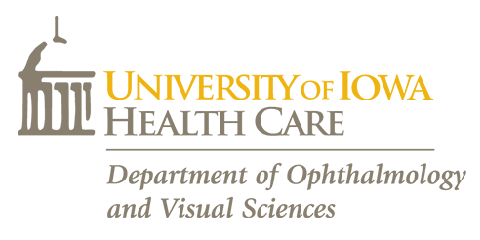Mutations in CEP290 are the most common cause of Leber congenital amaurosis (LCA), a severe inherited retinal degenerative disease for which there is currently no cure. Autosomal recessive CEP290-associated LCA is a good candidate for gene replacement therapy, and cells derived from affected individuals give researchers the ability to study human disease and therapeutic gene correction in vitro. Here we report the development of lentiviral vectors carrying full-length CEP290 for the purpose of correcting the CEP290 disease-specific phenotype in human cells. A lentiviral vector containing CMV-driven human full-length CEP290 was constructed. Following transduction of patient-specific, iPSC-derived, photoreceptor precursor cells, reverse transcriptase-PCR analysis and western blotting revealed vector-derived expression. As CEP290 is important in ciliogenesis, the ability of fibroblast cultures from CEP290-associated LCA patients to form cilia was investigated. In cultures derived from these patients, fewer cells formed cilia compared with unaffected controls. Cilia that were formed were shorter in patient-derived cells than in cells from unaffected individuals. Importantly, lentiviral delivery of CEP290 rescued the ciliogenesis defect. The successful construction and viral transfer of full-length CEP290 brings us closer to the goal of providing gene- and cell-based therapies for patients affected with this common form of LCA.
CEP290 gene transfer rescues Leber congenital amaurosis cellular phenotype.
Journal:
Gene Therapy
Additional Information:
2014 Jul;21(7):662-72.
Publication Date:
May 8 2014
Pubmed ID:

